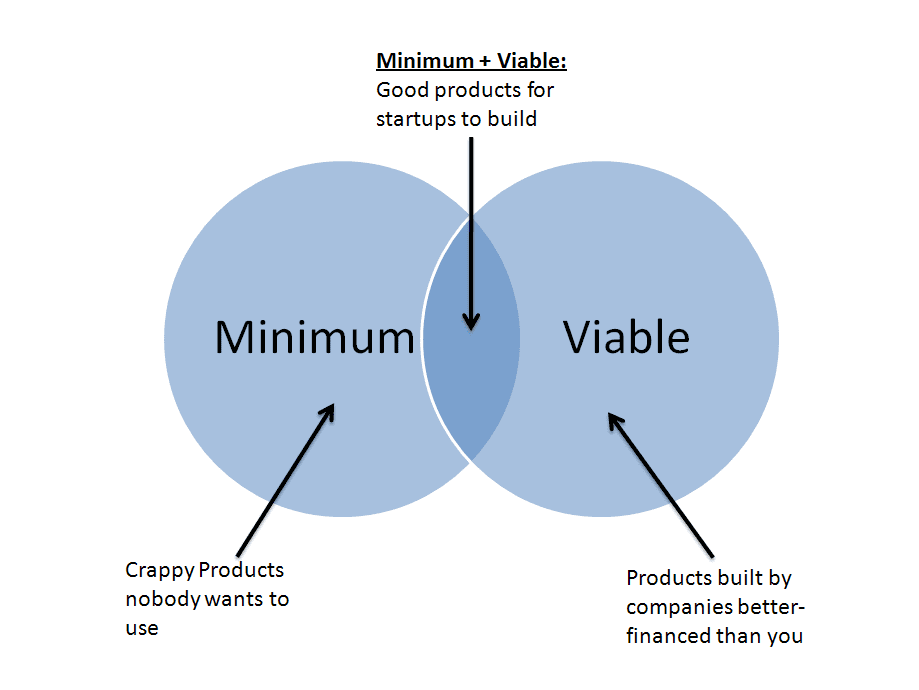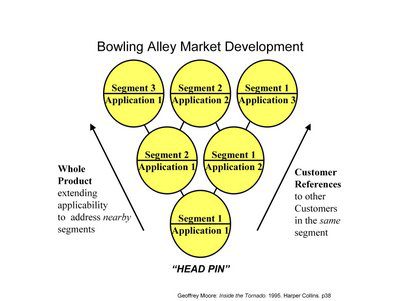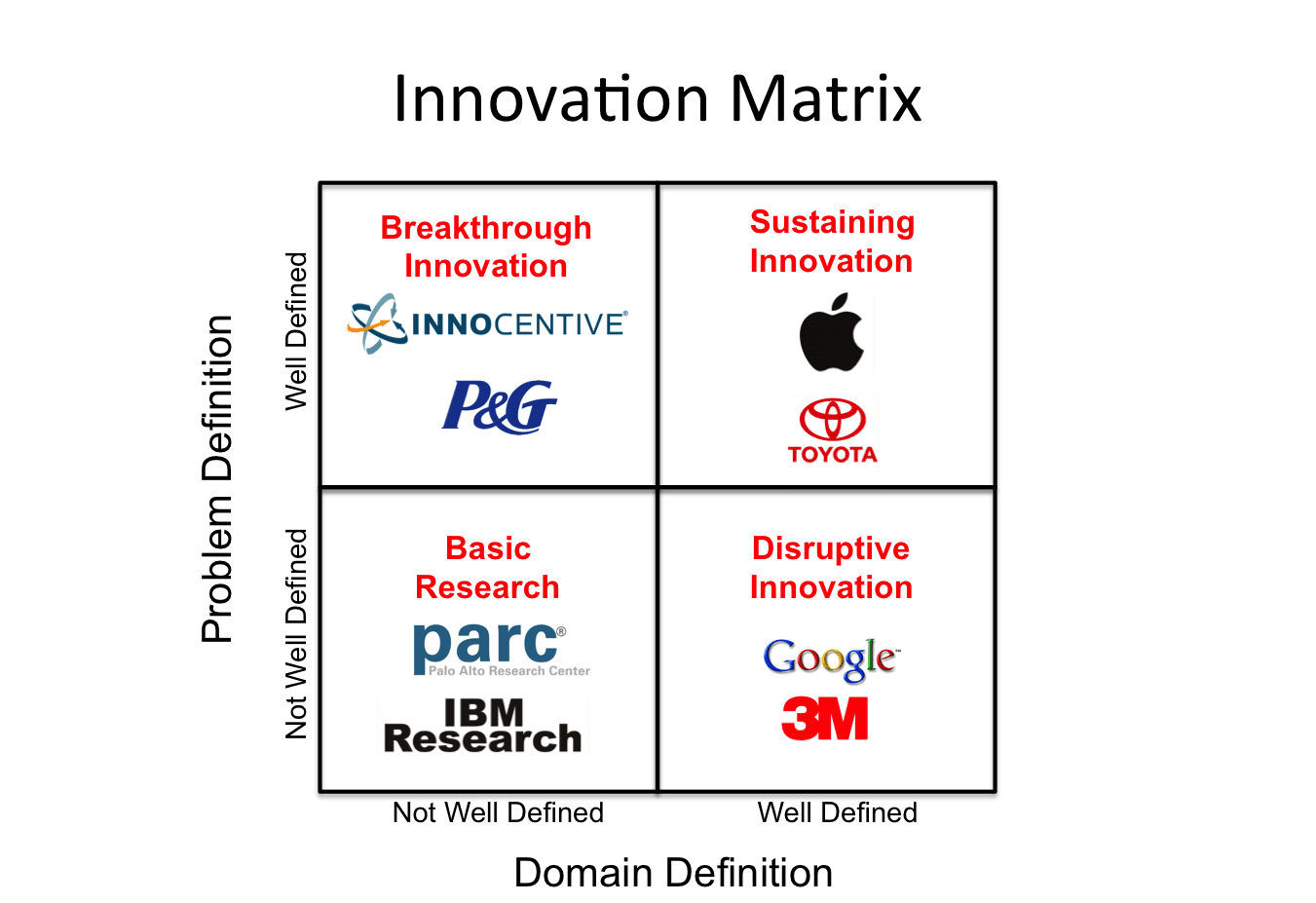The idea of disruptive innovation proposed by Clayton Christensen seems a very illusive goal for startups. How exactly can disruptive innovation be achieved?
 Companies seeking to introduce disruptive innovation continually sustain it by creating a minimum viable product that caters to a particular customer niche. These customers are considered as alpha testers and are looking for a very specific solution to a specific problem. Depending on the type of product offering, these customers are generally price insensitive and willing to pay a premium to have their problem resolved.
Companies seeking to introduce disruptive innovation continually sustain it by creating a minimum viable product that caters to a particular customer niche. These customers are considered as alpha testers and are looking for a very specific solution to a specific problem. Depending on the type of product offering, these customers are generally price insensitive and willing to pay a premium to have their problem resolved. This stage of development of having a minimum viable product is very beneficial for a company.
Beta testers continuously give feedback to the company in order to enhance the product making it more robust and flexible opening the product to a larger potential market. The product however, is still in a stage of under delivering on its wider customer needs.
 As the potential target market grows, a company starts to add features making the product more flexible in order to not only cater to its core customer’s needs, but to also serve additional customers who have similar but slightly different needs. These additional customers can be found in industry verticals adjacent to its core customers. Taking a technology product analogy, the company is transforming a specific application to a platform where modules are added or removed in order to cater to a wider customer base. This in turn helps the company grow its customers base from an innovator stage to an adopter stage.
As the potential target market grows, a company starts to add features making the product more flexible in order to not only cater to its core customer’s needs, but to also serve additional customers who have similar but slightly different needs. These additional customers can be found in industry verticals adjacent to its core customers. Taking a technology product analogy, the company is transforming a specific application to a platform where modules are added or removed in order to cater to a wider customer base. This in turn helps the company grow its customers base from an innovator stage to an adopter stage. Due to large firms catering to a very wide customer segment, small players who are catering to a specific niche are largely overlooked. However, using the bowling alley strategy as described by Geoffrey Moore, niche players target a set of customers, and using these customers as product champions capture adjacent vertical segments. The large incumbent firms, who are slow to react due to bureaucratic inefficiencies, and their paramount focus on sustained innovation as opposed to disruptive innovations, aren’t nimble enough to react to these new competitors. These new competitors hence are leaped frogged with respect to being competitive.
Due to large firms catering to a very wide customer segment, small players who are catering to a specific niche are largely overlooked. However, using the bowling alley strategy as described by Geoffrey Moore, niche players target a set of customers, and using these customers as product champions capture adjacent vertical segments. The large incumbent firms, who are slow to react due to bureaucratic inefficiencies, and their paramount focus on sustained innovation as opposed to disruptive innovations, aren’t nimble enough to react to these new competitors. These new competitors hence are leaped frogged with respect to being competitive.However a key ingredient that has led to small firms to unseat large players as market leaders is to establish a dominant design or standard via partnerships. Small firms who are successful disruptive innovators partner up and form strategic alliances with industry customers in order to establish their product as a dominant standard. These alliances not only open doors for referrals, but also establish a credibility to the product creating a wider adoption.
Microsoft for example was able to take its infant DOS product and disrupt the computing space by partnering with IBM to establish its DOS product as an industry standard. Thus every computer, especially personal computers began to use DOS which fuelled Microsoft to evolve DOS into products like Win 3.0 and Windows 95, eventually becoming Windows XP which captured 76% market share in 2007 as reported by W3Schools.
A similar examples can be seen in the way why WiMax technology although a disruptive innovation in bringing 4G speeds, initially adopted by Sprint, wasn’t able to revolutionize the telecommunication industry. Long Term Evolution (LTE) was able to partner up with major carriers such as AT&T, Verizon, and Rogers truly disrupting the 4G telecommunication industry wiping out the adoption of WiMax technology.
The lack of a dominant design has also been a reason why disruptive technologies have not been able to revolutionize the industry. Electric cars are a prime example of disruptive innovation failing to revolutionize the industry. With its lack of industry standard recharge plugs, and standard mechanical components for low cost maintenance by car mechanic garages, has exponentially increased the fragmentation of the market thus halting adoption. Therefore small firms forming strategic alliances with industry complimentary firms, is a recipe for a disruption in the industry.



